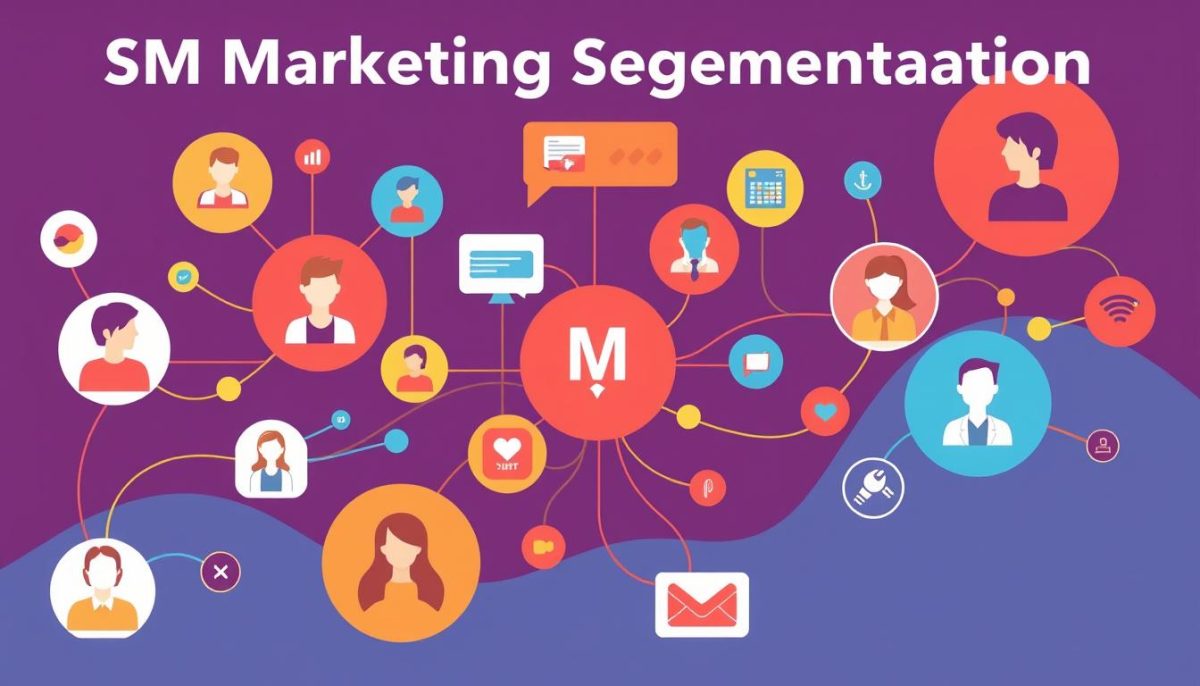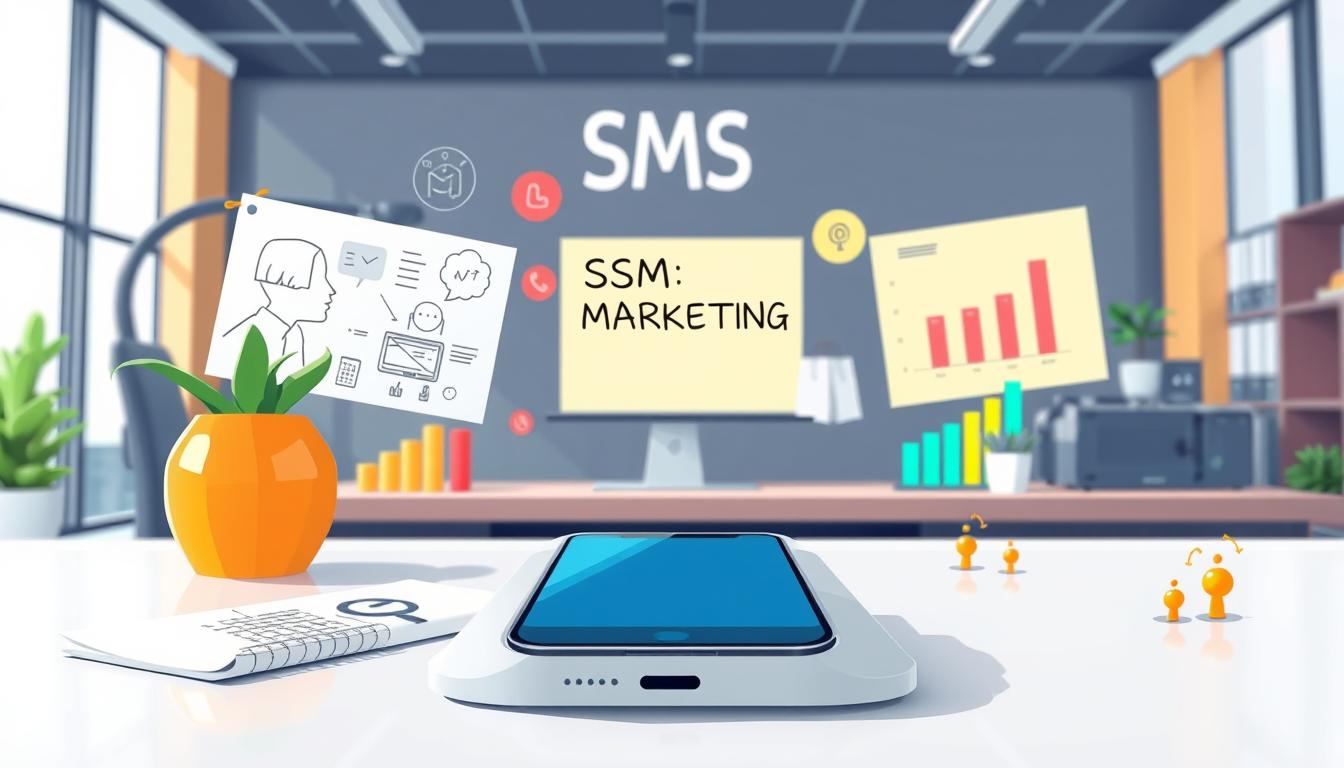In today’s fast-paced digital landscape, businesses are continually seeking to enhance their SMS marketing strategy to foster stronger connections with customers. SMS marketing presents a unique opportunity to engage audiences through effective SMS campaigns, thanks to its impressive 98% open rate reported by industry experts (Source: Statista). This article will guide you through the best practices for SMS marketing, helping you craft compelling messages that not only capture attention but also drive conversions.
Understanding the significance of a robust SMS marketing strategy is crucial. It can elevate customer engagement, build lasting relationships, and deliver timely promotions or information directly to consumers’ devices. As we delve into key mobile marketing tips, remember that incorporating these methods can lead to lucrative results for your business.
Understanding the Basics of SMS Marketing
SMS marketing has emerged as a dynamic way for businesses to connect with customers. This approach utilizes text messaging to deliver promotional content, updates, and brand messages directly to consumers’ mobile devices. The definition of SMS marketing centers around this direct interaction, which has reshaped how companies engage with their audience.
What is SMS Marketing?
SMS marketing is a form of mobile marketing that leverages text messages for communication. It allows businesses to convey information instantly, making it a powerful tool for driving customer engagement. With a broad range of applications, brands can use SMS marketing to announce sales, send personalized offers, and provide reminders about upcoming events, thus enhancing customer interaction and loyalty.
Benefits of SMS Marketing
Among the advantages of SMS marketing, its immediacy stands out. Businesses often experience rapid responses, thanks to high open rates that average around 98%. This surpasses many traditional marketing efforts significantly. Furthermore, the cost-effectiveness of SMS campaigns contributes to their popularity among companies seeking to optimize their marketing budgets. Due to its concise format, SMS is less likely to overwhelm consumers compared to lengthy emails or social media posts.
SMS Marketing vs. Other Marketing Channels
In the landscape of marketing, understanding the differences between various channels is essential. When comparing SMS vs email marketing, SMS proves to have higher engagement rates. Emails can easily get lost in crowded inboxes, while text messages often yield immediate attention. Additionally, SMS marketing channels provide a more direct means of communication. Social media platforms may offer broad visibility, yet they lack the personal touch found in text messaging, which goes straight to the user’s mobile device.

| Feature | SMS Marketing | Email Marketing |
|---|---|---|
| Open Rate | 98% | 20% |
| Response Time | Minutes | Hours |
| Length of Content | Up to 160 characters | No character limit |
| Cost Efficiency | Low | Moderate |
As businesses continue to explore different marketing strategies, the role of SMS marketing becomes increasingly vital. Its unique advantages and direct approach mark it as a key player in effective customer communications.
How To Make Your SMS Marketing Strategy Work (13 Best Practices)
Creating a successful SMS marketing strategy involves several best practices that enhance engagement and effectiveness. Key practices include audience segmentation, timing, personalization, and compliance. Implementing these strategies can significantly increase the success of your SMS campaigns.
Segment Your Audience
Effective SMS marketing segmentation allows you to categorize your audience based on various criteria, such as demographics, purchase behavior, and interests. By targeting specific groups with tailored messages, you enhance relevance, leading to higher engagement levels.
Timing Matters: When to Send Messages
Identifying the best times to send SMS messages can greatly influence response rates. Research reveals that mid-week and mid-afternoon often yield better engagement. Scheduling messages at these peak times can improve visibility and interaction.
Personalization for Better Engagement
Incorporating personalized SMS marketing techniques, like addressing recipients by their names and offering custom promotions, fosters deeper connections. Personalized messages resonate more with users, encouraging them to engage and respond positively.
Incorporate Clear Calls-to-Action
Every message should include a clear call-to-action that guides recipients toward the desired behavior, such as visiting a website or making a purchase. Well-defined calls-to-action enhance user experience and drive conversions effectively.
Utilize Compliance Regulations
Employing SMS compliance practices ensures adherence to legal regulations such as the Telephone Consumer Protection Act (TCPA). Complying with these guidelines protects against potential legal issues and builds trust with your audience.
Test and Optimize Campaigns Regularly
Regular testing is crucial to optimize SMS marketing campaigns. Techniques like A/B testing different message angles can identify what resonates best with your audience. This iterative process leads to continuous improvement and superior results.
Maintain a Clean Contact List
A well-maintained contact list is essential for the success of any SMS campaign. Regularly updating and cleaning the list ensures higher delivery rates and a more effective marketing strategy. This practice maximizes the chances of reaching interested recipients.

Measuring the Success of Your SMS Marketing
To truly evaluate your SMS marketing efforts, understanding SMS marketing metrics is essential. Key performance indicators (KPIs) such as delivery rates, open rates, and conversion rates play a crucial role in measuring SMS campaign success. By carefully analyzing these metrics, businesses can gain insights into the effectiveness of their messaging and identify areas for improvement.
Another important metric to consider is the opt-out rate. A high opt-out rate might indicate that your messages are not resonating with your audience, prompting a reevaluation of your content strategy. Utilizing tools like Google Analytics combined with specialized SMS marketing platforms can streamline the process to track SMS marketing performance more effectively, providing real-time insights that inform decision-making.
Moreover, customer feedback should not be overlooked in the analysis process. Engaging with your audience to gather their thoughts can shed light on how well your messages are being received. Thus, by continuously measuring SMS KPIs and leveraging analytics, businesses can fine-tune their strategies for long-term success in the competitive landscape of SMS marketing.



